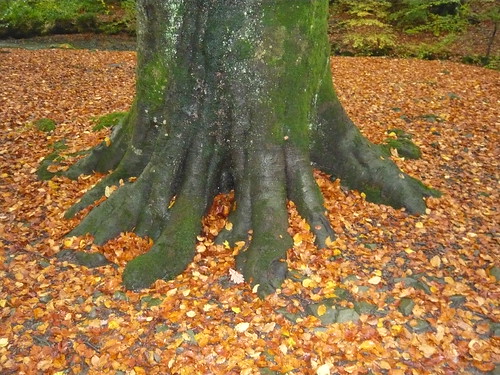Secateur and Secateurs Tips
Americans may call them pruning shears or hand pruners but my short handled pruners are called secateurs. Secateurs are like special scissors for cutting stems and branches that are less than a finger thick. They have a form of spring to open them and a catch to lock them in place.
Tips for Secateurs
- Buy a good pair (or one of each style see below) and look after them.
- Keep the blade(s) clean and honed sharp. Old plant sap needs to be wiped off at the end of use.
- Do not twist the secateurs to cut through a stubborn stem as it can strain the blades.
- You need to find your secateurs when you put them down so choose a bright colour or add some paint to make them visible.
- Select a pair with good feel and balance – they will work better and so will you.
- After use give then a spray of WD40 or plunge in an oil/sand tray.
Types of Secateurs
- Cheap secateurs start from under £5 but you get what you pay for. A top line Felco pair will cost around £45.
- Anvil secateurs have only one blade which closes onto a flat surface or anvil as in the picture above. They are reputed to crush the stem but I like them for many jobs particularly chopping down stems for the compost heap.
- Bypass secateurs work exactly like a pair of scissors with one blade passing the other to make the cut. At least one of the blades will be curved with a convex upper blade and either a concave or straight lower one.
- Parrot-beak secateurs consist of two concave passing blades which trap the stem between them to make the cut. These are suitable only for narrower stems and intricate work.
- Bonsai have there own pruning tools including leaf cutters like miniature shearing shears and sharpened pincers.
Maintain Your Secateurs
- Anvil secateurs remain reliable when slightly blunt but are easy to sharpen on a wet stone.
- Use an oil stone or wet stone to sharpen the blade.
- Two types of wet or oil stones are shown above.
- The liquid quickly makes a grinding paste which is how the blade is sharpened
- Normally 5 or 6 strokes will be enough to hone an edge but when renovating an old pair like the ones in the picture more effort may be required.
- Only sharpen the outer blade on bypass secateurs.
- Clean off sap and plant juice before putting secateurs away.
- I spray moving parts monthly with WD40 to keep them in good condition
Felco and other Secatuers from Amazon link
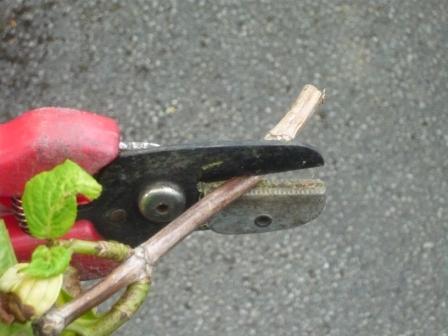
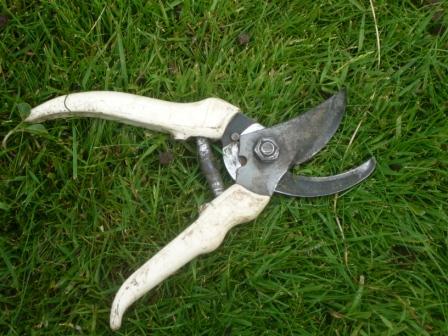
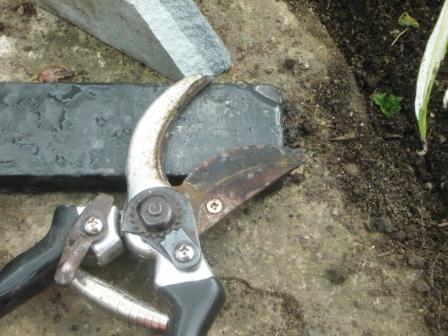

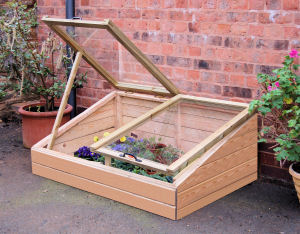
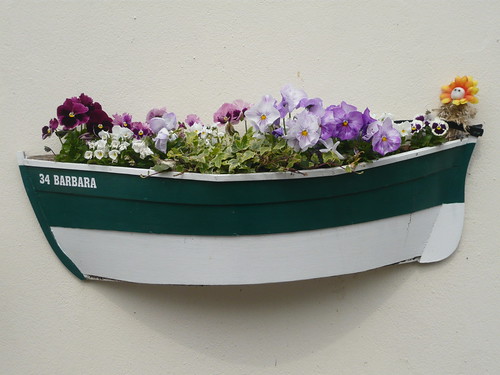

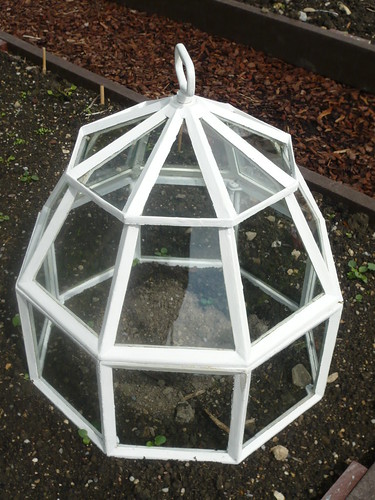
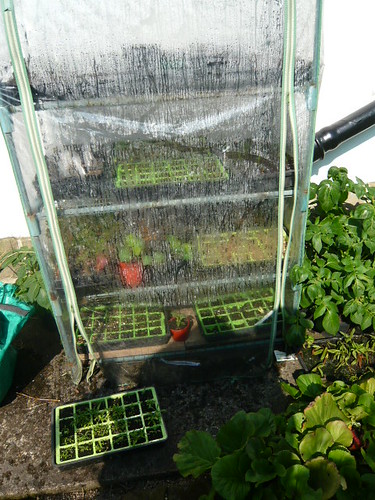
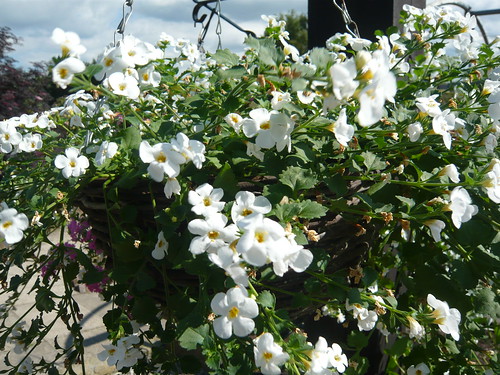
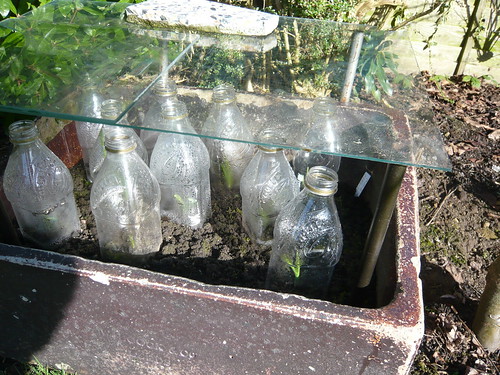
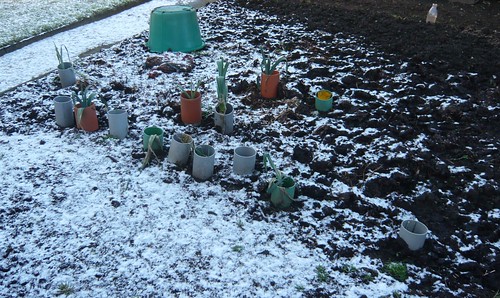
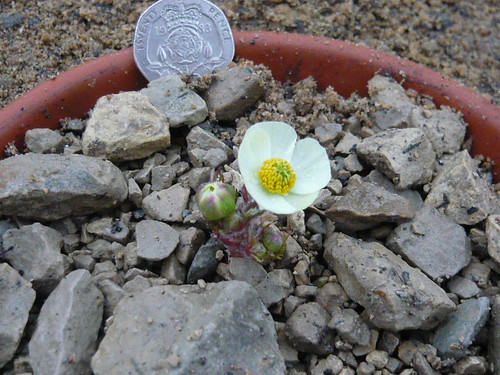
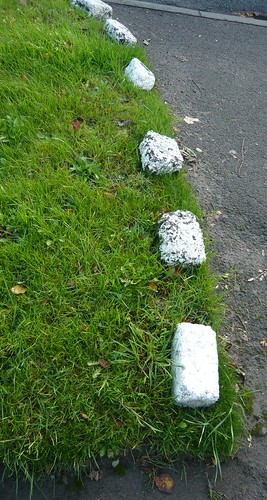
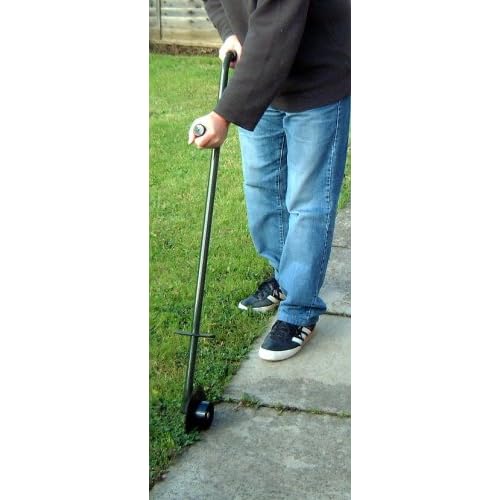
 Black & Decker Strimmer
Black & Decker Strimmer Bahco Lawn Shears
Bahco Lawn Shears